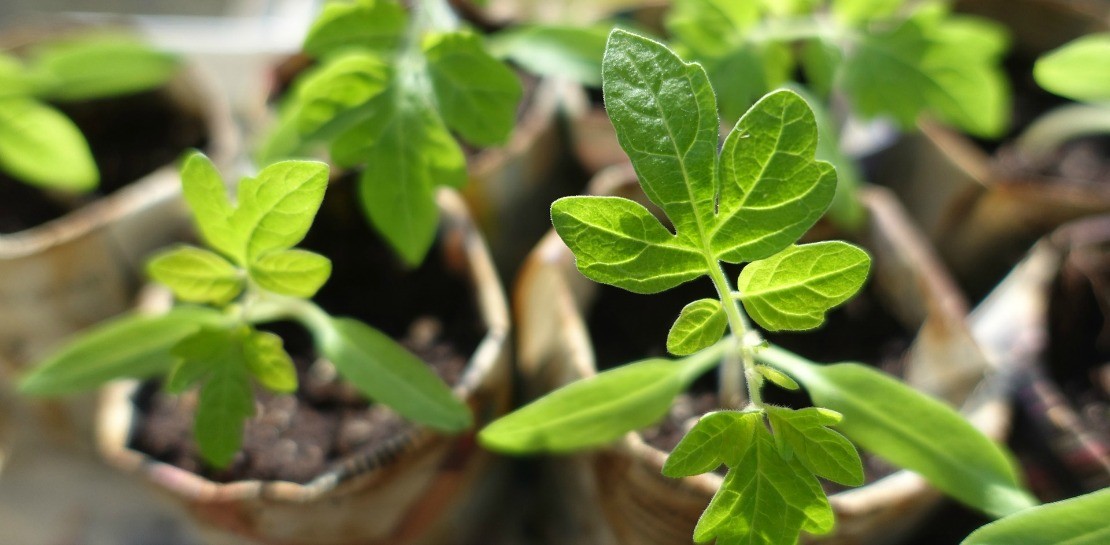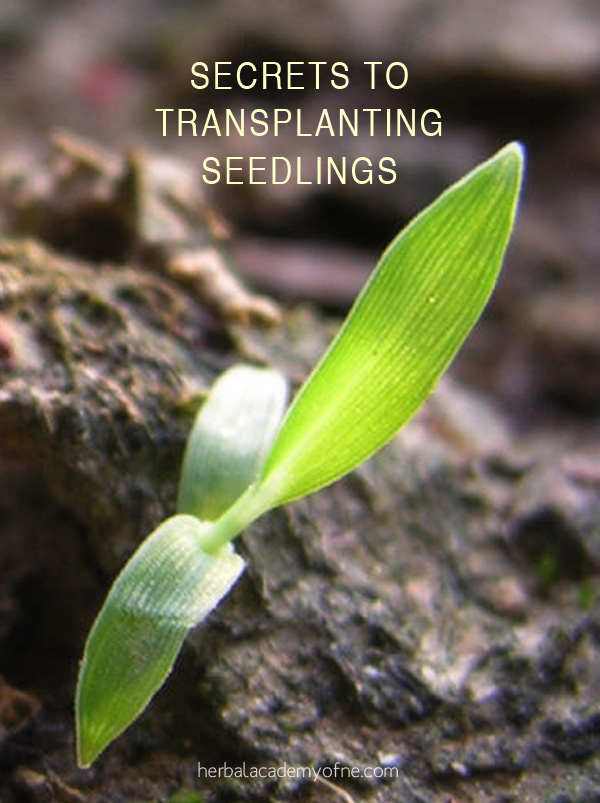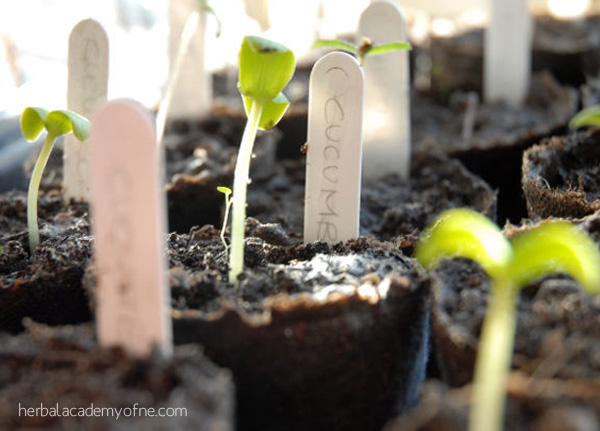
Secrets To Transplanting Seedlings: 3 Tips To Success
Do you remember bringing a goldfish home from the pet store and placing it in the aquarium? You were probably told to keep it in the bag for the first half hour before releasing it, to help acclimate the fish to his new environment. Transplanting seedlings of herbs and other plants you plan to grow in your garden this year works in a similar way.

Three Tips For Transplanting Seedlings
When you buy seedlings from a nursery or have grown them from seeds yourself, they’ve led a short but incredibly cushy life. They have been protected from the elements by being grown indoors or in a greenhouse, and because they’re under your watchful eye they receive all of the care and attention they need.
But because the outdoors are sometimes a less accommodating environment, our future garden benefits from being acclimated to its home for the spring and summer in a similar way that the goldfish get a chance to acclimate to an aquarium. Below are three basic tips to help you acclimate your seedlings to their new home in the weeks leading up to transplanting them.
Tip #1: Bring seedlings outside a little bit at a time.
If your seedlings were just left outside all at once, they’d likely go into shock. Your task is to leave them outside for an ever-increasing amount of time so that they gradually get used to being outdoor plants instead of indoor plants. About two weeks before you’re ready to plant them in your garden, bring them outside for an hour. Then, over the next two weeks, gradually increase the amount of time they’re outside until they’re outside for at least three or four hours in the final days before planting.

Tip #2: Ease seedlings from the shade to the sunlight.
Because they’ve been indoors or in a greenhouse, your seedlings haven’t been exposed to too much direct sunlight. If you’re planting cultivars that require a fair amount of sunlight, including herbs like basil and vegetable plants like tomatoes, it will be helpful to expose them to sunlight as gradually as you expose them to the outdoors. Within the same two weeks that you bring them outside, work your way from shade in the morning to sunlight in the afternoon. This means that you might first bring them outside to a shady spot in the morning, then to a shady spot in the afternoon, then direct sunlight in the morning, then direct sunlight in the afternoon.
Tip #3: Allow your seedlings to wilt.
Giving your plants all the water they need will of course help them to prosper, but if they can’t get that same amount of water upon being transplanted then their constitution might not hold up. In those same two weeks before transplanting your seedling, experiment with watering your plants just as they’ve begun to wilt so as to train them to be more resilient during the drier times.
With a gradual, graceful transition, your seedlings will enjoy the prosperity of a healthy growing season and you will enjoy the healthy herbs and veggies you produce as a
Are you transplanting seedlings this year? What do you plan to grow in your garden?
Stay connected with us by sharing your garden photos on our Facebook page. And you can learn more about getting your garden started by checking out the gardening section of our blog.







